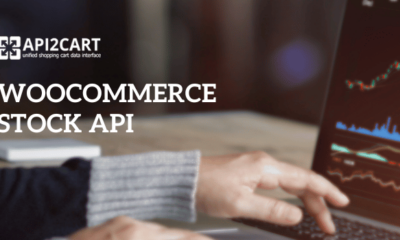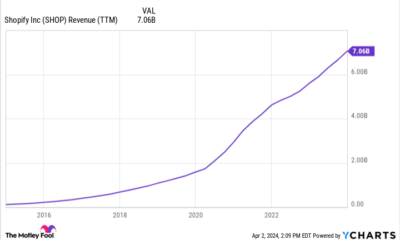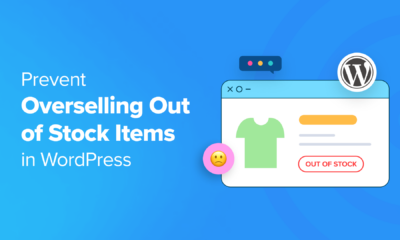MarTech’s daily brief features daily insights, news, tips, and essential bits of wisdom for today’s digital marketer. If you would like to read this before the rest of the internet does, sign up here to get it delivered to your inbox daily.
Good morning, Marketers, and is the pandemic stock bubble bursting?
It’s common knowledge that, while some sectors of the economy struggled mightily during the COVID-related lockdowns of 2020 and 2021, any business that provided support for stay-at-home consumers and remote workers struggled too — but the struggle was to keep up with demand. Despite reports that Omicron has yet to plateau nationwide, it’s possible that degrees of returns to normality are making the stocks of those companies less appealing.
Netflix shares have taken a pounding after it narrowly missed its Q4 2021 goal for added subscribers and announced a way lower forecast for Q1 2022 (dropping from 8.5 to 2.5 million). Increased competition in the space? Sure. People spending less time at home? Perhaps.
I took a look at a couple of stocks that are part of many marketers’ ways of life. ON24, the B2B webinar platform that made its debut on the market last year has drifted steadily around $16 to $20 over the last few months, but has shown a large decline since the heady days following the IPO. And Zoom? The poster boy for COVID success? A drop in value of over 70% from its 2020 peak. A rational market correction? Perhaps. Or perhaps it means we’re opening up again, in investors’ perceptions at least.
Kim Davis
Editorial Director
Shorts
Quote of the day. “If LinkedIn ever creates a metaverse I hope it’s called LinkedIn Park.” Conall Laverty, founder and CEO, Wia





















You must be logged in to post a comment Login